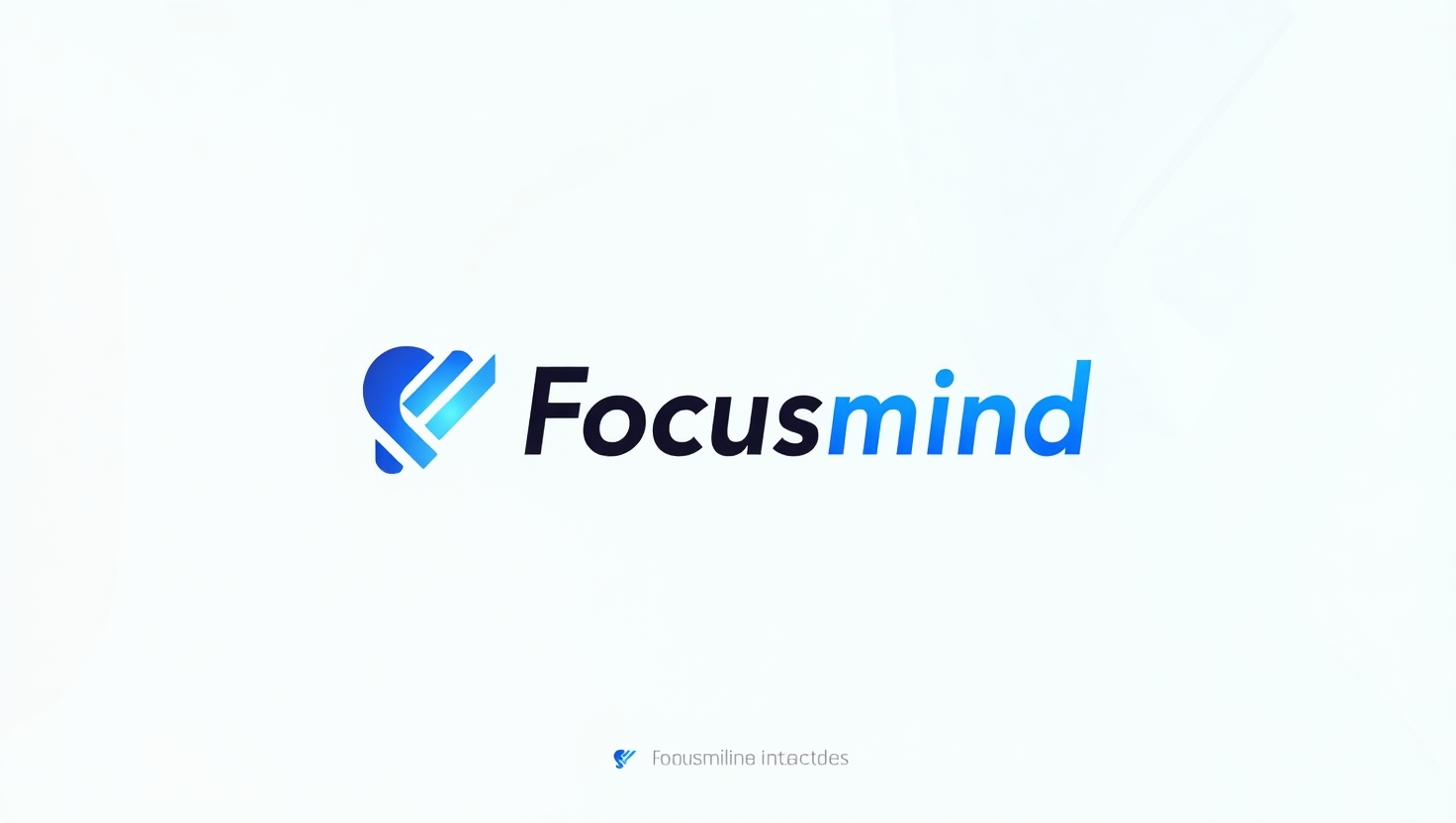Now Reading: Top Study Techniques from 5 Countries to Skyrocket Your Grades
-
01
Top Study Techniques from 5 Countries to Skyrocket Your Grades
Top Study Techniques from 5 Countries to Skyrocket Your Grades
Top Study Techniques from Around the World to Boost Your Grades
In today’s globalized world, students everywhere are looking for effective ways to study smarter, not harder. Different countries have developed unique approaches to studying, and some of these methods are remarkably effective for building focus, understanding complex topics, and retaining information. In this article, we’ll take a look at study techniques from India, Finland, Japan, South Korea, and the United States that can help you achieve your academic goals.

Whether you’re preparing for exams, completing assignments, or simply looking to improve your learning skills, adopting one or more of these methods could make a significant difference.
1. India – Memorization with Mnemonics
In India, a vast number of students compete for limited spots in higher education, which often requires memorizing large amounts of information for exams. To help with this, Indian students frequently use mnemonic devices—memory tools that simplify and organize complex information.
- How It Works: Mnemonics are catchy phrases, acronyms, or visual cues that help in remembering information. For example, Indian students use “VIBGYOR” to remember the colors of the rainbow.
- Try This: If you’re struggling with memorization, try creating your own mnemonic phrases. Associate difficult terms with words or images you already know well to make recall easier.
2. Finland – Balanced Study with Regular Breaks
Finland’s education system is known for its focus on well-being, and Finnish students follow a study technique that encourages regular breaks, keeping their minds fresh and focused. This technique is often referred to as the 50/10 Rule.
- How It Works: Finnish students study in 50-minute blocks followed by a 10-minute break. This gives the brain time to absorb information without feeling overloaded.
- Try This: If you tend to burn out quickly during study sessions, set a timer for 50 minutes. Focus intensely during that time, then take a 10-minute break to relax before continuing. This approach can help maintain high energy and concentration levels.
3. Japan – The Pomodoro Technique and Group Study Culture
In Japan, students are known for their strong discipline and consistent study habits. A popular method here is the Pomodoro Technique, where students study in short bursts with frequent, short breaks.
- How It Works: With the Pomodoro Technique, you study for 25 minutes and then take a 5-minute break. After four cycles, you can take a longer break to refresh.
- Group Study: Japanese students also benefit from a collaborative study culture, often working in groups to discuss and reinforce what they’ve learned.
- Try This: Experiment with Pomodoro-style intervals if you find it hard to focus for long periods. Additionally, try studying with a friend or group, as explaining concepts to others can help reinforce your understanding.
4. South Korea – Repetition and Practice Tests
South Korean students excel academically through a study method based on repetition and self-testing. They frequently review the material they’ve studied, using practice exams to solidify their knowledge and identify weak areas.
- How It Works: In South Korea, students regularly take practice tests and self-quizzes to reinforce material. This helps to consolidate learning and boost confidence before the real exams.
- Try This: Schedule a weekly review session where you take practice quizzes on recent material. It’s an excellent way to retain information over time and stay prepared for exams.
5. United States – Active Note-Taking and Concept Mapping
In the United States, many students use active note-taking methods and concept mapping to boost retention and comprehension. These methods encourage interaction with the material, making it easier to recall later.
- How It Works: Active note-taking techniques, like the Cornell Method, allow students to highlight key points and summarize information effectively. Concept mapping, on the other hand, involves drawing connections between ideas visually, which helps in understanding complex topics.
- Try This: Try creating a concept map for a difficult subject, like biology or history. Start with a central idea and branch out with supporting points. Visualizing connections can deepen understanding and make studying more interactive.
University of Debrecen Scholarships Hungarian 2025
Choosing the Right Study Technique for You
With so many techniques to choose from, it’s best to start by experimenting with a few. Remember, different methods work better for different subjects and personalities. Some people may find the Pomodoro Technique perfect for math or science, while others might benefit from concept mapping for subjects with complex theories.
For the best results, try combining multiple techniques—like using Pomodoro for intense study sessions and concept mapping for courses that require deep understanding.
Call to Action: Find Scholarships, Internships, and More at itsstudent.com
As you strive to improve your study habits, remember that educational opportunities are more accessible than ever. At itsstudent.com, we offer valuable resources for students, including the latest scholarship information, internship openings, and news tailored to the student community. Don’t miss out—visit itsstudent.com to enhance your academic journey and seize the opportunities waiting for you!
FAQs
1. How do I know which study technique is best for me?
Start by trying a few different methods and track your progress. Notice which technique helps you feel most focused and productive, then adapt it as needed.
2. Can I combine these study techniques?
Absolutely! Many students find success by mixing techniques, like using Pomodoro for regular study sessions and mnemonics for memorization-heavy subjects.
3. How can I stay consistent with a study routine?
Consistency is key. Set a study schedule that fits your daily life and stick to it. Start with small, manageable study sessions and gradually increase them as you build the habit.
4. What if I struggle with group study sessions?
Not everyone enjoys group study. If it’s not effective for you, try using solo study techniques like the 50/10 rule or self-quizzing to stay productive.
5. Where can I find affordable resources for students?
Head over to itsstudent.com, where you’ll find access to scholarships, internships, and other resources tailored to students. It’s an excellent platform for finding financial aid and professional opportunities.
Conclusion
By incorporating effective study techniques from around the world, you can develop a customized study routine that works best for you. These methods not only boost productivity but also help in understanding and retaining complex information. Give one or more of these techniques a try, and watch your academic performance improve!
For more resources on student scholarships, internships, and academic tips, don’t forget to explore itsstudent.com—your platform for achieving educational success.
Stay Informed With the Latest & Most Important News
Previous Post
Next Post
-
 01Top Tips to Stay Motivated and Avoid Burnout While Working Remotely
01Top Tips to Stay Motivated and Avoid Burnout While Working Remotely -
 02How to Pose People Who Are Not Models for Natural and Authentic Portraits
02How to Pose People Who Are Not Models for Natural and Authentic Portraits -
 03New Study Reveals Simple Lifestyle Changes Linked to Longer Life
03New Study Reveals Simple Lifestyle Changes Linked to Longer Life -
 04Foods Recommended by Doctors to Boost Your Immune System Naturally
04Foods Recommended by Doctors to Boost Your Immune System Naturally -
 05Smartphone Hacks Everyone Needs to Know to Extend Battery Life
05Smartphone Hacks Everyone Needs to Know to Extend Battery Life -
 06Travel Experts Predict Top Destinations to Shape 2024 Tourism
06Travel Experts Predict Top Destinations to Shape 2024 Tourism -
 07Global Markets Rebound as Inflation Worries Ease for Investors
07Global Markets Rebound as Inflation Worries Ease for Investors


















